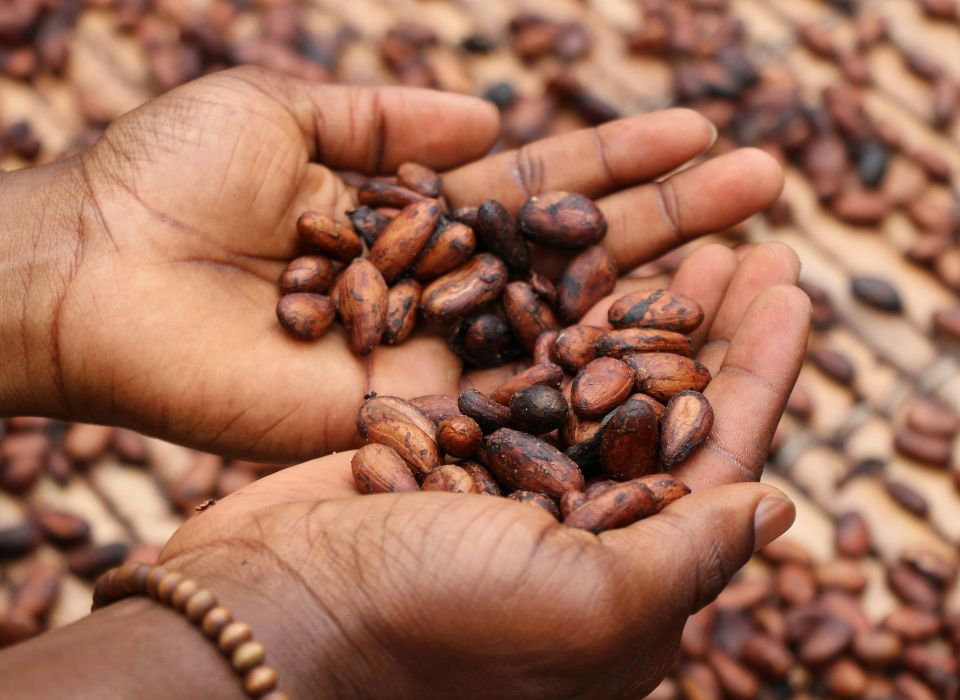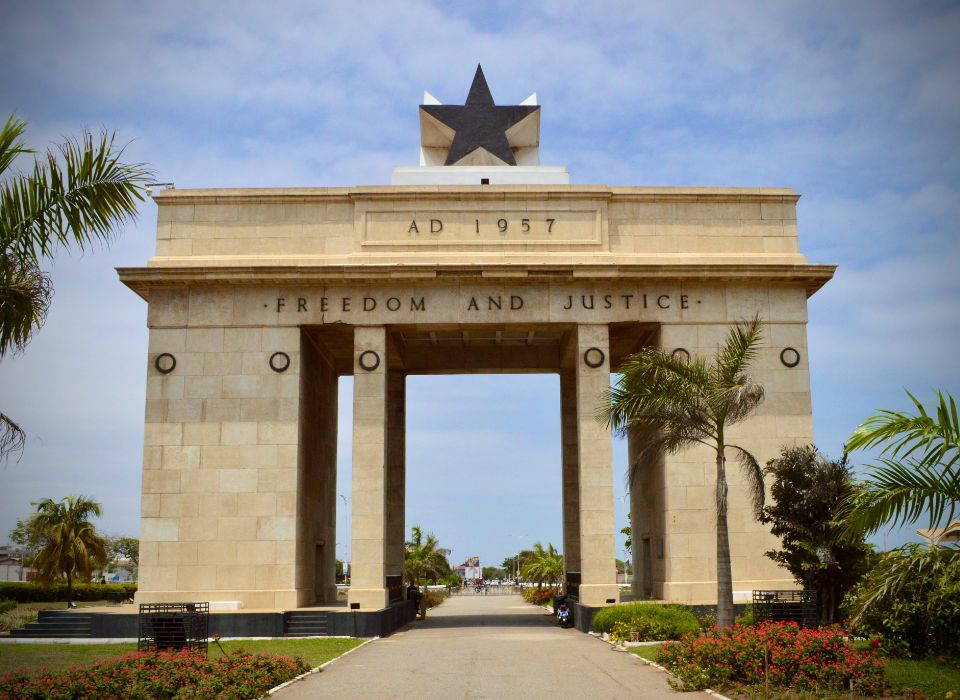The necessary cocoa price increase and its background
Almost three years ago we started our mission - to sustainably turn the chocolate industry on its head. Where there was still a green field in 2019, we now produce vegan organic chocolates in West Africa's first solar-powered chocolate factory. Our flagship project began with 5 young Ghanaians who had never produced chocolate before. Around 40 employees now work for Amanase. However, the currently particularly uncertain, highly volatile and extremely tense market environment presents us with some challenges. The market for organic chocolate continues to be under pressure, while the world market price for cocoa has reached an all-time high.
Current price developments: All-time high for cocoa prices on the world market
The raw material cocoa is traded on the stock exchange. In the past, the world market price for a ton of cocoa was usually between $1,500 and $2,200 per ton. The world market price forms the basis for organic and fair trade cocoa, for which a fixed minimum premium is paid in addition to the basic price, depending on the certification. But the entire cocoa industry is currently upside down!

Image: The cocoa price is currently at an all-time high
The world market price for cocoa has more than tripled in the last 12 months alone (from $2,200 in March 2023 to over $10,686 in April 2024), with new historic highs continuing to be reached every day. Such a price increase has never been seen on the cocoa market before and of course also affects our purchasing prices.
Why is the world market price for cocoa currently rising so rapidly?
- The cost of living in West Africa has risen dramatically, especially in the last two years. The war in Ukraine and the associated exploding energy prices have led to a currency crisis in Ghana, with inflation rising steadily to almost 70 percent in recent years. In line with our vision, we have therefore significantly increased our employees' wages, something hardly any other company in Ghana has done. This effect, together with last year's below-average harvest, led to an initial increase in the world market price for cocoa.
- Crop losses of up to 40-50% in West Africa: In hardly any other part of the world has climate change been as noticeable as in West Africa. While the rainy season usually ends when the cocoa harvest begins, last year it lasted throughout the entire cocoa harvest. It rained so heavily for 1-2 hours a day that it sometimes caused flooding . One of the main reasons for these major weather changes is the climate phenomenon "El Niño". In addition to the climatic changes, the " Black Pot Disease " has also led to crop losses, in which the cocoa pods turn black directly on the tree and fall off before they are ripe.
- Structural reasons for the rise in cocoa: Another driver is the structural challenges of the cocoa market. The state concludes contracts directly with the major players in the cocoa sector via COCOBOD. In recent years , larger quantities of cocoa have been sold than were available . Since this harvest is significantly smaller, there has now been a crash because the contracts from the past and regular demand are significantly higher than the available quantity of cocoa.
- Supply shortages and speculation: The chocolate industry has experienced unprecedented conditions on the cocoa market over the past 12 months. Due to further crop failures, the price continued to rise. Since the beginning of this year, the situation has escalated. Many manufacturers had to buy cocoa urgently in order not to bring production to a standstill. This led to panic buying and unexpected price jumps. Within a few weeks, the price per tonne rose from 3,600 GBP to currently over 6,950 GBP. Since the world market price of cocoa is determined on the stock exchange, speculation also has a major influence on the price of cocoa.
Why it is important to continue buying fair trade chocolate
Chocolate should not only be a treat for the palate, but also a contribution to supporting a fair and sustainable cocoa industry. Buying fair chocolate helps ensure that fair prices are paid to cocoa farmers, which in turn secures the livelihoods of many communities in West Africa. In addition, you are helping to promote local economic development and contribute to the creation of stable structures.

Image: fairafric and Amanase employees visiting cocoa farmers
We very much hope that, despite these developments, you will continue to enjoy our chocolate creations and thus help to offer young people in Ghana a career perspective – and to make the chocolate industry fairer and more sustainable in the long term.
We thank you from the bottom of our hearts for your support on our path to a better future. Let us continue to make a difference together and stand up for a world in which everyone deserves a fair chance!



